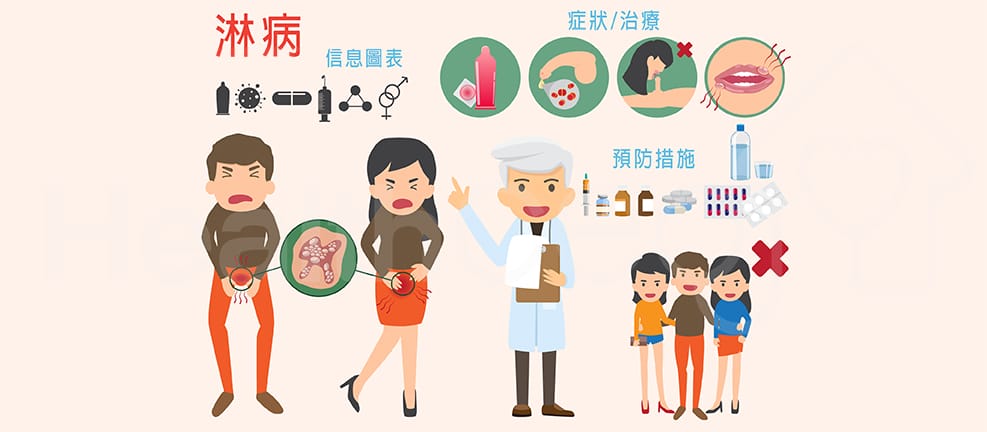
Gonorrhea, the clap
Gonorrhea, also known as “the clap”, is a common sexually transmitted infection (STI) caused by the bacterium Neisseria gonorrhoeae. According to the World Health Organization (WHO), the global prevalence of gonorrhea was estimated to be 30.6 million in 2016 (or 0.7% in men and 0.9% in women aged 15-49), and the estimated global incidence was 86.9 million new cases (or 26 per 1000 men and 20 per 1000 women). Approximately 10-40% of people infected with gonorrhea are also co-infected with chlamydia.
Gonorrhea Trend
Around 10% of men and up to 50% of women infected with gonorrhea exhibit no symptoms, therefore, a large proportion of positive cases remain undetected and untreated, resulting in serious complications such as infection of the epididymis and rarely, infertility in men, and chronic pelvic pain, pelvic inflammatory disease (PID, which can cause permanent damage to the uterus and fallopian tubes), ectopic pregnancy and infertility in women. If left untreated, the infection could spread to the blood and to other parts of the body, resulting in a life-threatening condition known as disseminated gonococcal infection (DGI), with symptoms such as arthritis and skin lesions. Research shows that patients with gonorrhea have a 5-fold increase of contracting HIV
Antibiotic resistance in gonorrhea
Recently, due to overuse and misuse of antibiotics, a rapid surge in antibiotic resistance in gonorrhea is being reported globally including the UK, Japan, France, Spain and Australia. The emergence of drug-resistant strains of gonorrhea poses a significant challenge in treating gonorrhea successfully. Therefore, it is very important to finish the course of antibiotics prescribed by your doctor and not to share or use leftover antibiotics.
REF:
World Health Organization. Report on global sexually transmitted infection surveillance 2018.
Handsfield HH, Lipman TO, Harnisch JP, Tronca E, Holmes KK. Asymptomatic gonorrhea in men. N Engl J Med, 290(3), 117–123 (1974).)
Fleming D, Wasserheit J. From epidemiological synergy to public health policy and practice: the contribution of other sexually transmitted diseases to sexual transmission of HIV infection. Sex Transm DIs, 75(1), 3–17 (1999).
(Text Only)

